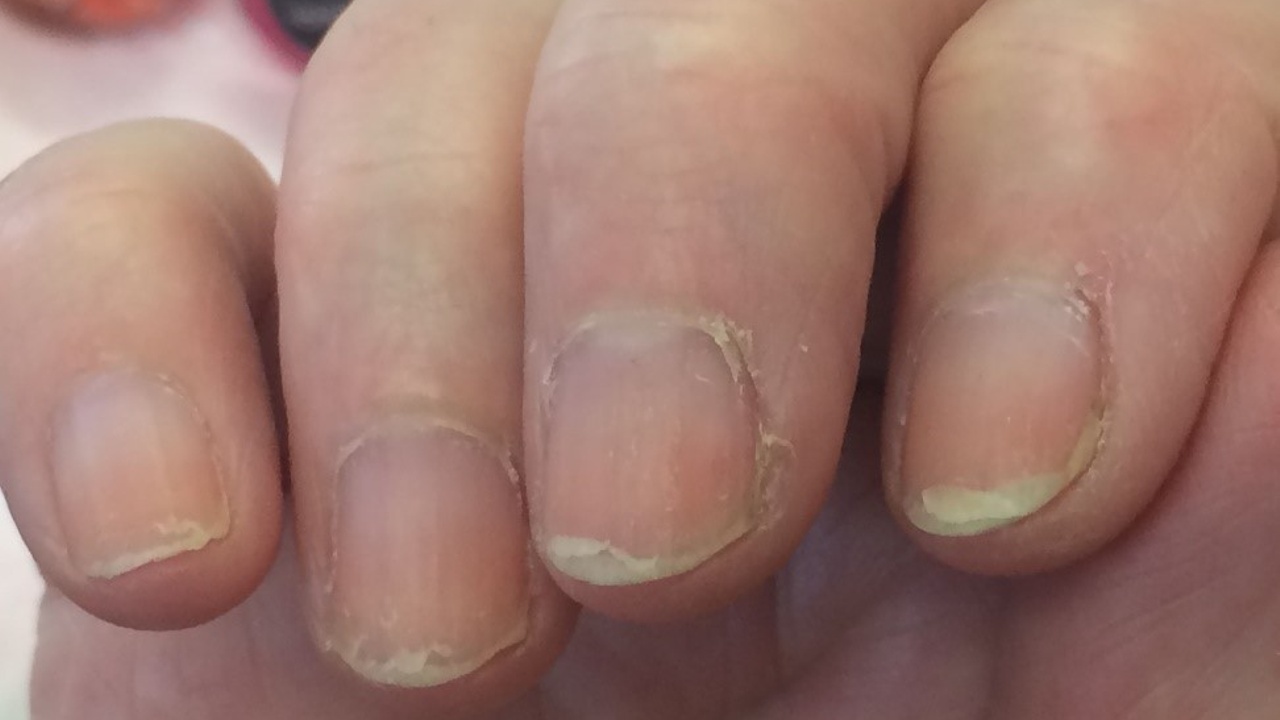
Nail Damage during Treatment for Breast Cancer
Aug 26, 2020Some of the drugs used to treat breast cancer, ovarian cancer, cervical cancer and womb cancer cause damage to the nails as a side-effect of the cancer treatment. Different chemotherapy drugs have different side-effects. Here you will find a list of the drugs commonly used for the treatment of breast cancer and those that are associated with nail damage.
- Some chemo drugs can cause damage to finger nails and toenails
- Nails can become ridged, split or separate from the nail bed
- This page gives information on chemo nail loss, chemo and nail damage, lost nails through chemotherapy, nail loss after chemo, losing nails after chemo, losing fingernails after chemo
Breast Cancer
| Chemotherapy Drug1 | Nail Related Side-effect2 |
| FEC – 5FU, epirubicin and cyclophosphamide | Onycholysis |
| AC – doxorubicin (Adriamycin®) and cyclophosphamide | Onycholysis |
| CMF – cyclophosphamide, methotrexate and 5FU | Onycholysis |
| E-CMF – epirubicin and CMF | None reported |
| FEC-T – FEC followed by docetaxel (Taxotere®).2 | Onycholysis |
Onycholysis is the a loosening of the nail from the nail bed beginning at the top of the nail and proceeding to the root3 We recommend using a natural oil to moisturise the nail beds. The references to support this advice can be found on our Skin Care Advice page. Nail damage caused by chemotherapy for ovarian cancer, cervical cancer, womb cancer and the most common male cancers, lung cancer, prostate cancer and bowel cancer can be found on our specialist page. References
- http://www.macmillan.org.uk/Cancerinformation/Cancertypes/Breast/Treatingbreastcancer/Chemotherapyforbreastcancer.aspx> accessed 12 June 2013
- Vereecken, P, Awada, A. 2012 Handbook of Skin Care in Cancer Patients Cancer Etiology, Diagnosis and Treatments. Nova Science Publishers Inc New York
- <http://www.merriam-webster.com/medical/onycholysis>available online accessed 4 July 2013

